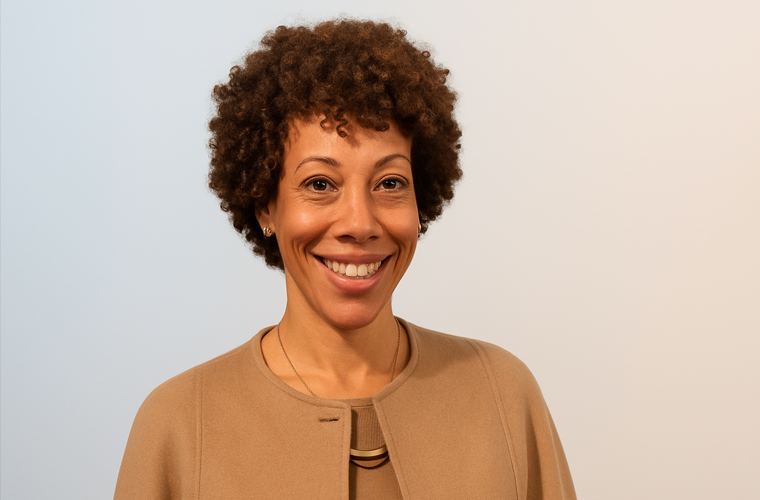Born on August 30, 1973, in Columbus, Georgia, Amy Sherald grew up in a close-knit family shaped by her father, a dentist, and her mother, whose roots in 1930s Alabama instilled a fierce emphasis on education and stability. The youngest of five siblings, Sherald’s early years were marked by a profound curiosity for art, sparked during recess drawings and a transformative school trip to the Columbus Museum, where she encountered Bo Bartlett’s Object Permanence—a rare portrayal of a Black man that mirrored her own world and ignited her dream of becoming a professional artist. Despite her parents’ preference for a medical career, Sherald’s light skin, curly hair, and experiences as one of the few Black students in predominantly white Southern schools heightened her awareness of race, fueling her lifelong commitment to reimagining Black narratives beyond stereotypes.
Sherald’s academic journey began at St. Anne-Pacelli Catholic School before she entered Clark Atlanta University on a pre-med track. A pivotal painting class at nearby Spelman College, under the guidance of artist-historian Arturo Lindsay, shifted her path irrevocably. She apprenticed unpaid with Lindsay for five years while earning her B.A. in painting in 1997. This foundation led her to the Maryland Institute College of Art (MICA) in Baltimore, where she honed her skills with mentors like Grace Hartigan and later Odd Nerdrum in Norway, culminating in an M.F.A. in 2004. In 2021, MICA honored her with an Honorary Doctorate of Fine Arts.















Sherald’s career took root in Baltimore, where she waited tables until age 38 to dedicate herself fully to painting. Her signature style—simplified realism derived from staged photographs, employing grisaille (monochrome grayscale) for Black skin tones against vibrant, patterned backgrounds—emerged around 2012, inspired by early 20th-century Black-and-white portraits and quilts from Gee’s Bend, Alabama. This technique strips away color biases, emphasizing dignity, interiority, and everyday joy in her subjects, often strangers she photographs spontaneously. Early residencies, including one in Portobelo, Panama (1997), and teaching art at Baltimore’s detention center, built her resilience. Her breakthrough came in 2016 with Miss Everything (Unsuppressed Deliverance), winning the National Portrait Gallery’s Outwin Boochever Portrait Competition—the first Black woman and African American to do so from 2,500 entries.
Global acclaim followed. In 2017, Michelle Obama selected Sherald to paint her official portrait, unveiled in 2018 at the Smithsonian alongside Kehinde Wiley’s depiction of Barack Obama. The grayscale rendering of Obama in a flowing Milly dress against an ethereal blue backdrop became iconic, drawing from Klimt and quilting traditions to humanize her beyond icon status. This commission propelled Sherald into the spotlight, boosting gallery attendance and leading to solo exhibitions like “The Heart of the Matter…” at Hauser & Wirth (2019) and “The Great American Fact” on the West Coast (2021). Her works, including The Bathers (2015, sold for $4.265 million in 2020) and Welfare Queen (2012, $3.9 million in 2021), command high auction prices, though she advocates for artist resale royalties.
Sherald’s oeuvre confronts historical erasures, as seen in her 2020 Breonna Taylor portrait for Vanity Fair, which funded $1 million in Louisville grants, and Trans Forming Liberty (2024), reimagining the Statue of Liberty as Black transgender artist Arewa Basit—a piece that graced The New Yorker‘s cover and sparked controversy, prompting her 2025 withdrawal from a Smithsonian show over censorship fears. Upcoming exhibitions at the Baltimore Museum of Art (November 2025–April 2026) and High Museum of Art (May–September 2026) promise more boundary-pushing narratives.
Amid triumphs, Sherald’s life has been shadowed by profound loss and health battles. Her father’s death from Parkinson’s in 2000, her brother’s from lung cancer, and her aunt’s brain infection tested her early. At 30, during triathlon training, she was diagnosed with congestive heart failure; a transplant at 39 in 2012 paused her career as she cared for family. Now based in a Jersey City studio, Sherald channels these experiences into politically charged work, including contributions to the 2024 Artists for Kamala fundraiser. A storyteller at heart, she paints “American people—Black people doing stuff,” weaving personal resilience into visions of collective dignity.

